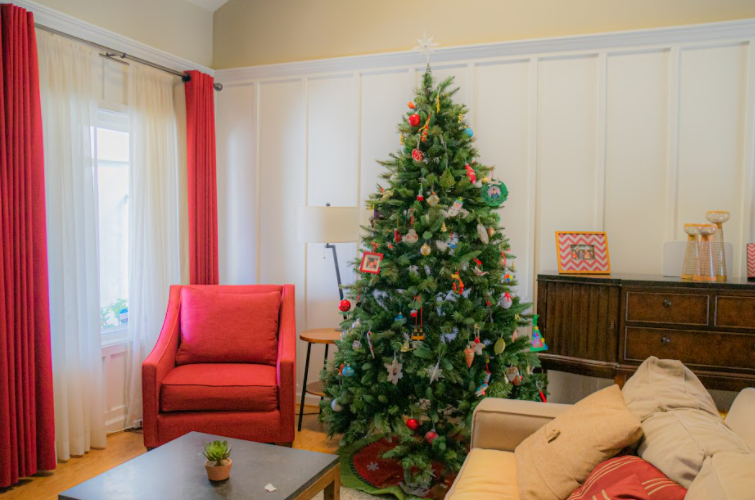
By Jenny Tran
It’s that time of year again. The time when the nostalgia of the holidays suddenly immerses you back into its familiar joy. From slipping ornaments on tree branches, to feeling the warm eggnog milkiness on your tongue, to laughing off the crumbling disaster of your gingerbread house, the days nearing Christmas are continuously unforgettable.
The many traditions encompassing Christmas contribute significantly to the holiday’s distinct atmosphere. They are the basis of the many activities you might partake in every year. They might also be the origins of the many memories you produce during the winter months.
But exactly how did these infamous traditions come to be? Here are the backstories of how several of them traveled across the world and through decades in time into your present-day living room.
Candy cane

With its distinct curve and red-and-white stripes, this iconic holiday candy is recognizable a mile away. But, the original candy cane neither had stripes, nor was curvy! It began as a white, straight sugar stick. They weren’t peppermint-flavored, either, and simply tasted like sugar
A long-held belief in the origins of the candy cane goes back to a German choirmaster in 1670. Worried about the children sitting through the nativity service, he bent these straight sugar sticks to look like a shepherd’s crook and passed them around. However, the factuality of this story is pretty unlikely. Nevertheless, red stripes were eventually added to the sticks, and they became connected to Christmas in 1874.
Mistletoe
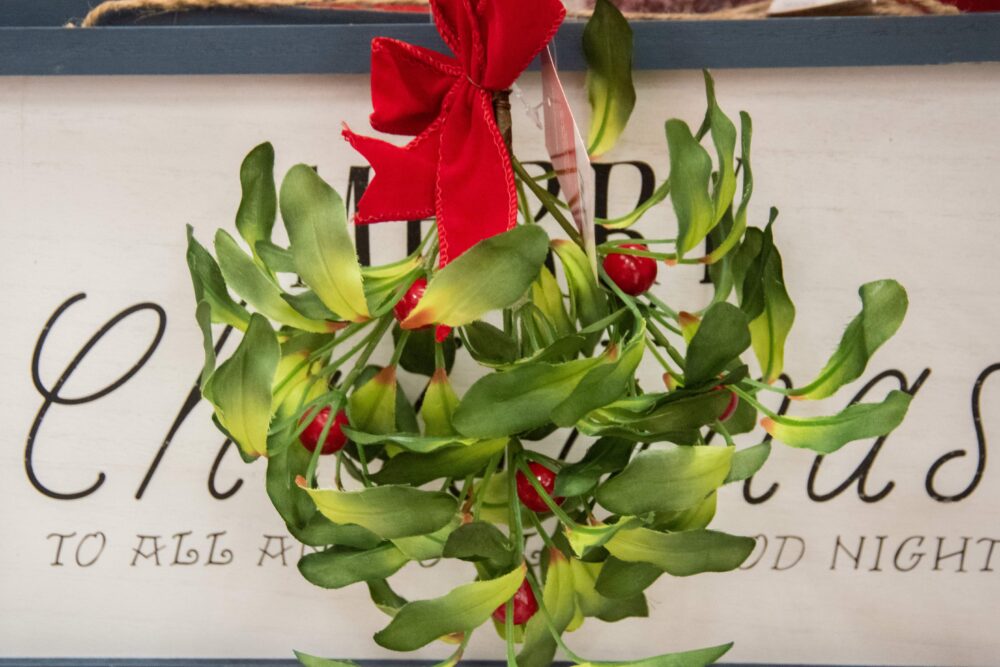
The mistletoe is a long-held symbol of love, friendship and snogging. It is also probably something that made you squeamish as an innocent kid when the holidays rolled around.
The custom of kissing under the mistletoe comes from England, but this plant can be traced back to a Norse myth about the god Baldur. When he was prophesied to die, his mother Frigg went to all the animals and plants and made them promise to not harm Baldur. But, because she forgot to speak with the mistletoe, the mischievous god Loki killed Baldur with an arrow made out of it. When the gods managed to resurrect Baldur, Frigg was so delighted she vowed to kiss anyone who passes under the mistletoe.
Eggnog
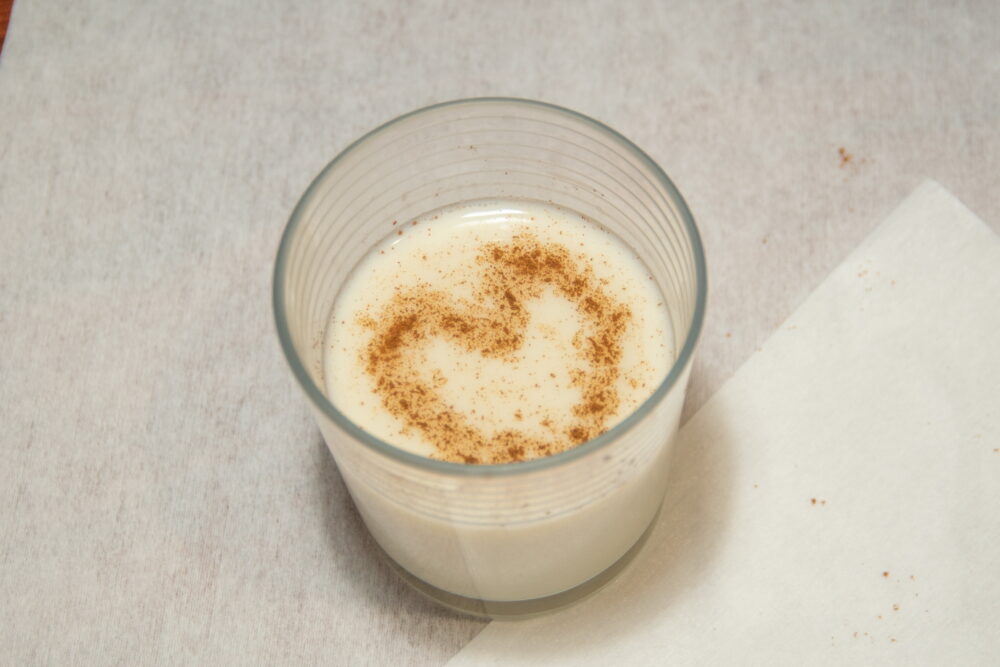
While you may perceive eggnog as nothing more but a holiday punch, it actually was a drink of the wealthy in the UK. This drink was called a “posset” and consisted of milk, eggs and alcohol. It was supposed to treat colds and the flu during the Middle Ages. The ingredients to make a posset were expensive and the drink was typically reserved for the upper-class. The first connection to Christmas came from a mention in the Virginia Chronicle in 1793.
But, a drink that used to be deemed for the wealthy can now be shared by everyone and anyone during the holidays.
Nutcracker
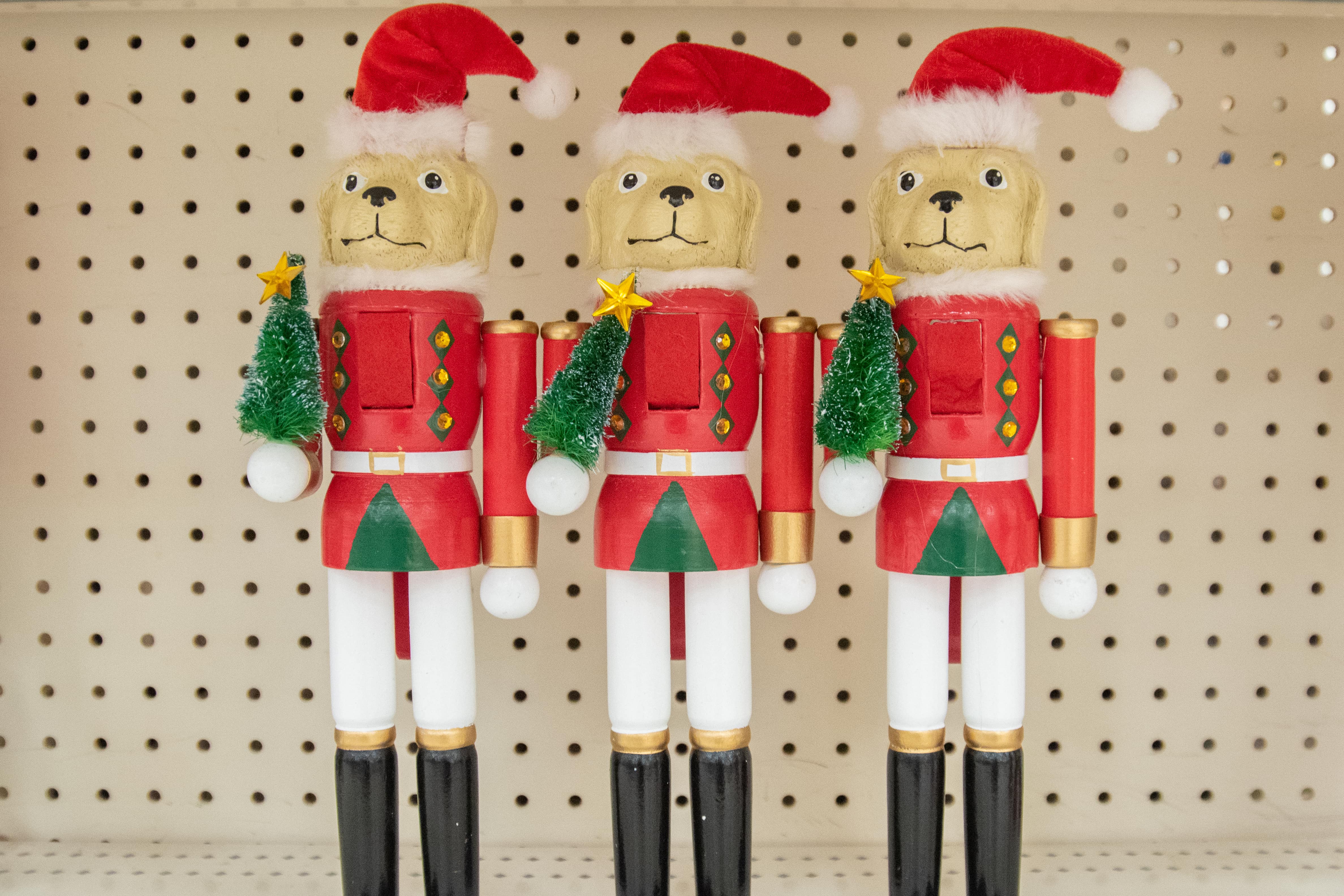
Probably recognizable from the children’s story and the notorious two-act ballet, the nutcracker is a toy soldier seen as a sign of power and good luck. The dolls have been made in parts of Germany and Czechia/Czech Republic since the late 1600s and became known globally after World War II.
The book “The Nutcracker and the Mouse King” was published in 1816 and showcased a girl whose toys come to life on Christmas Eve. In the book, a Nutcracker leads the dolls in a battle against the Mouse King and the mice. The story was later adapted in a ballet called the Nutcracker and grew to popularize the toy and associate it more with Christmas.
Gingerbread
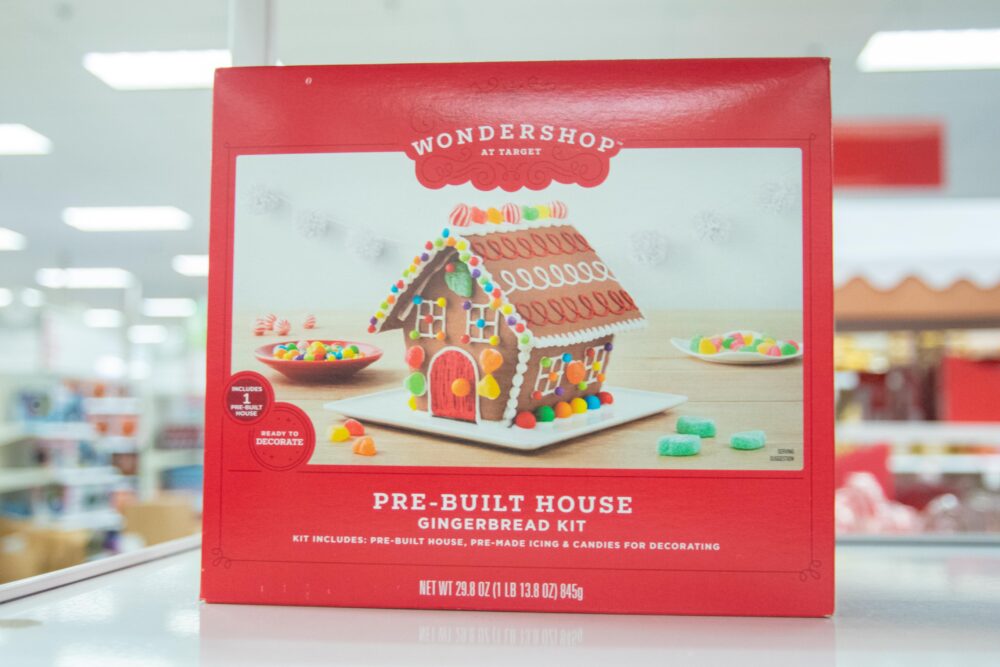
This sweet and savory cookie comes all the way from Greece in 2400 BCE. It was believed to have been brought to Europe by a monk and made trips throughout different cultures and countries. Queen Elizabeth I is credited for inventing the gingerbread man and the decoration on the cookies. Gingerbread houses, on the other hand, became popular in the early 1800s in Germany.
Because gingerbread started to become so elaborately and extravagantly decorated, they eventually became popularized as a Christmas tradition.
Christmas tree
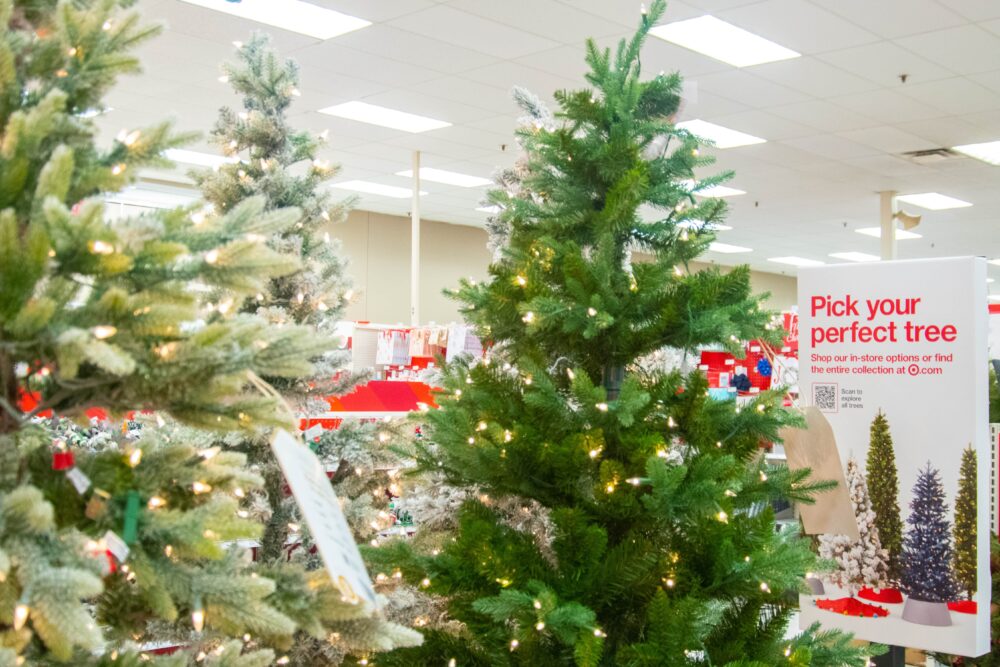
Probably the most distinguishable Christmas custom to date, the Christmas tree tradition started in Germany in the 16th century. Already a special symbol in the winter, devout Christians brought decorated evergreen trees into their homes. In one myth, Martin Luther, a Protestant reformer, is believed to be the first to add lighted candles to a tree. He attempted to recapture the beautiful stars scattered amongst the towering evergreen he had seen earlier while walking home.
However, the tree really originated from a guild in Freiburg that set up a tree decorated with apples, flour-paste wafers, tinsel and gingerbread. It was meant to be a tree of knowledge to celebrate the feast day of Adam and Eve.
While all these traditions may have originated from individual pinpoints in history, they can now be collectively enjoyed by everyone during the holiday season. All this and more have united to make up what we now all share as one Christmas.





